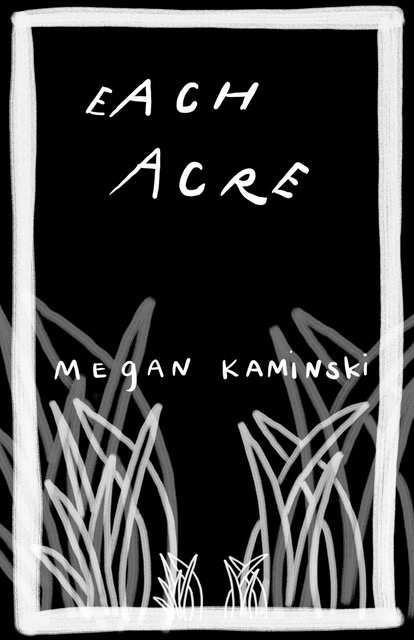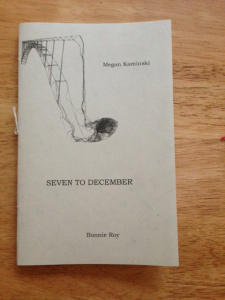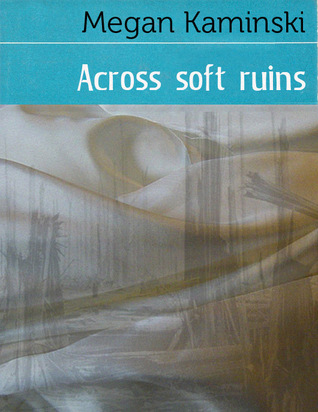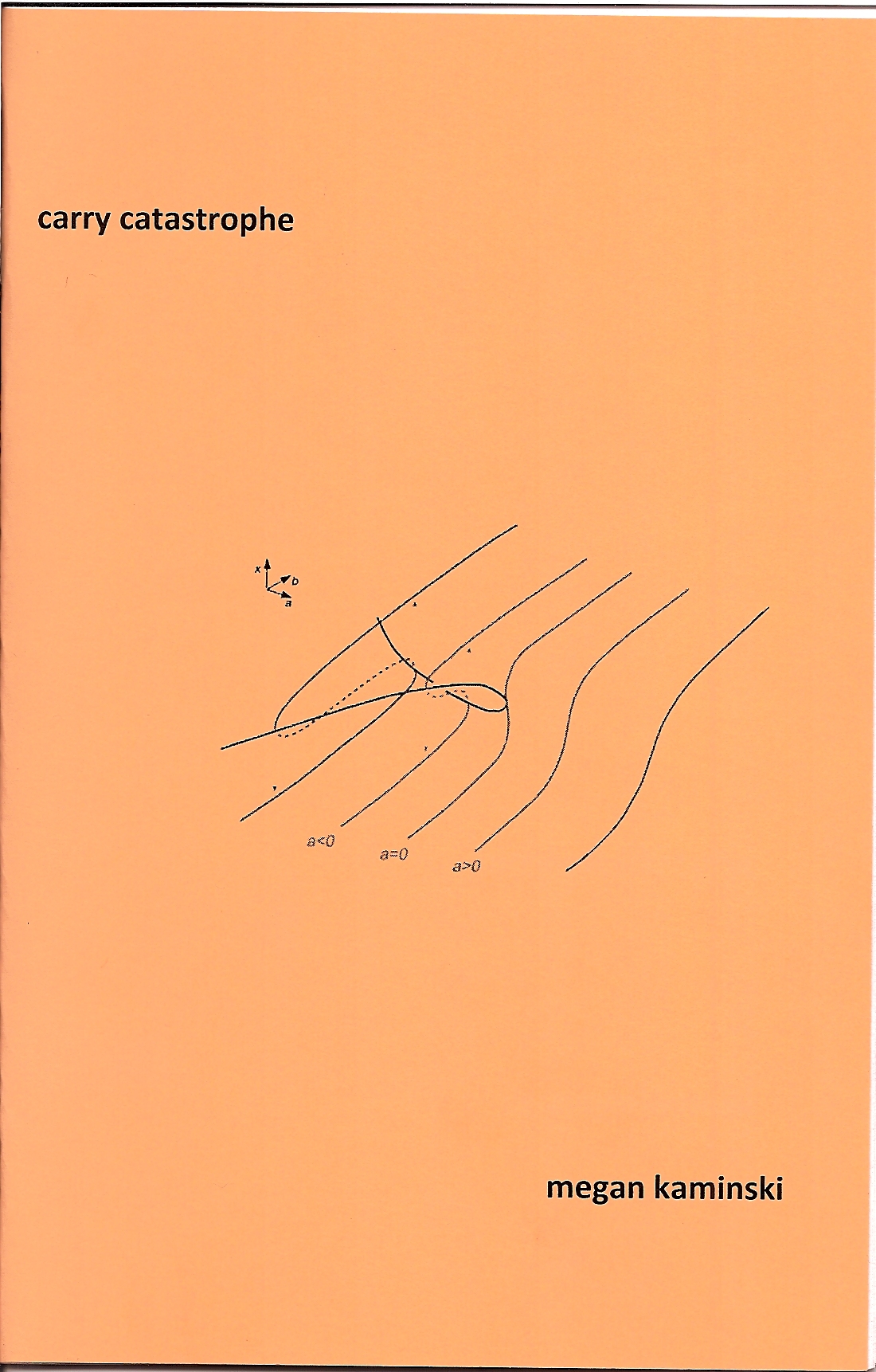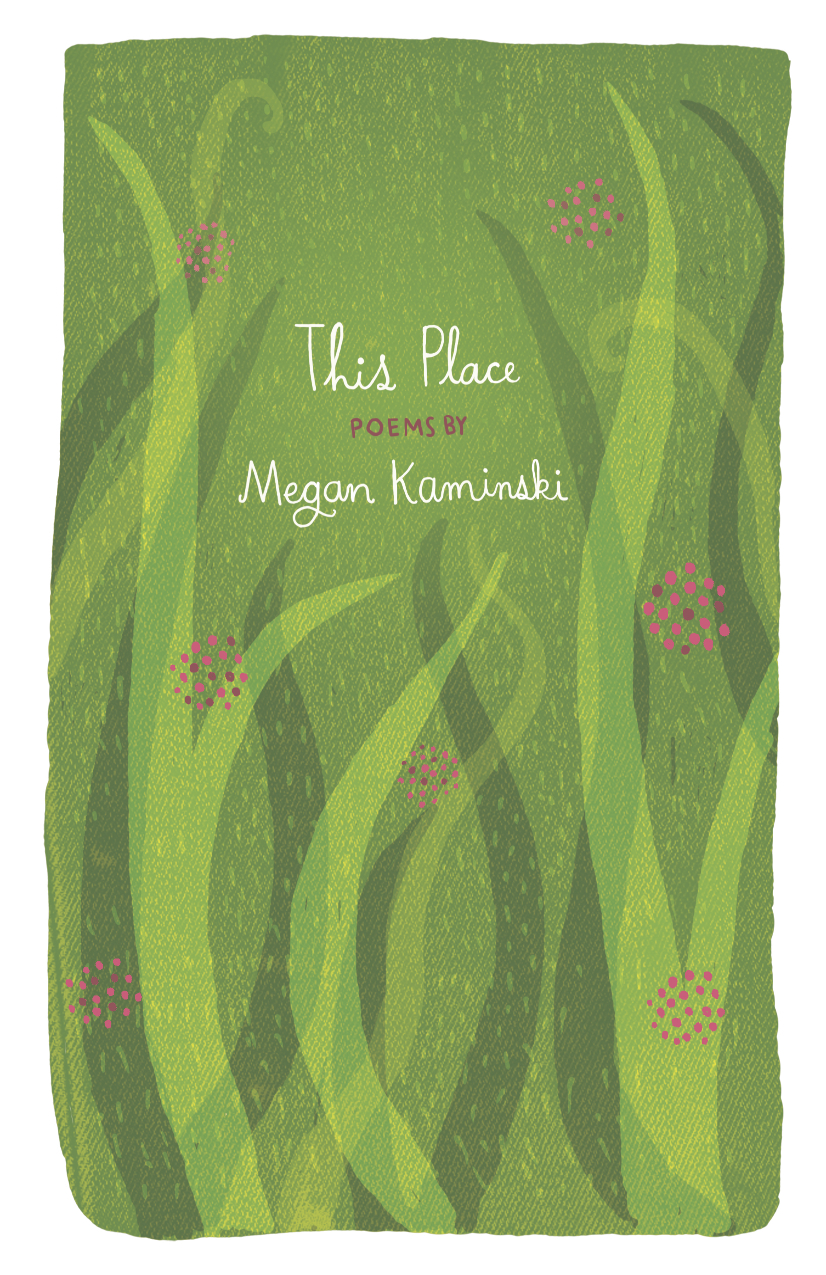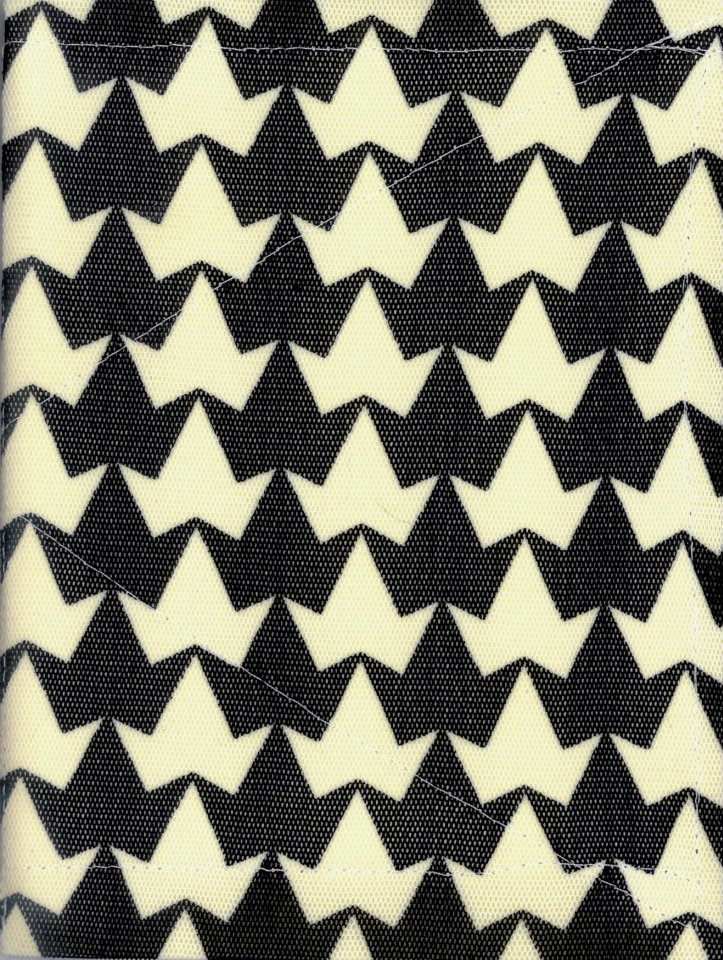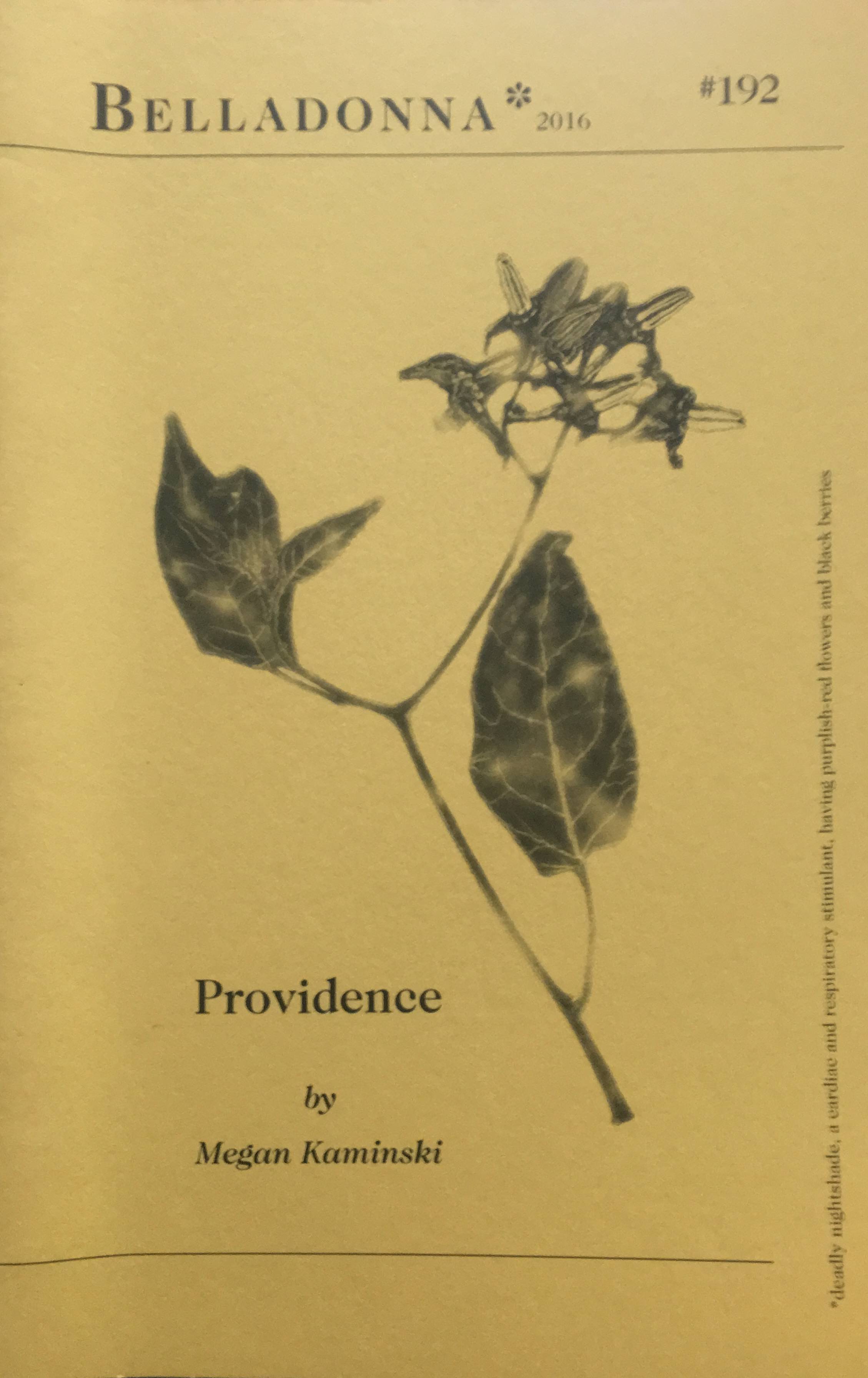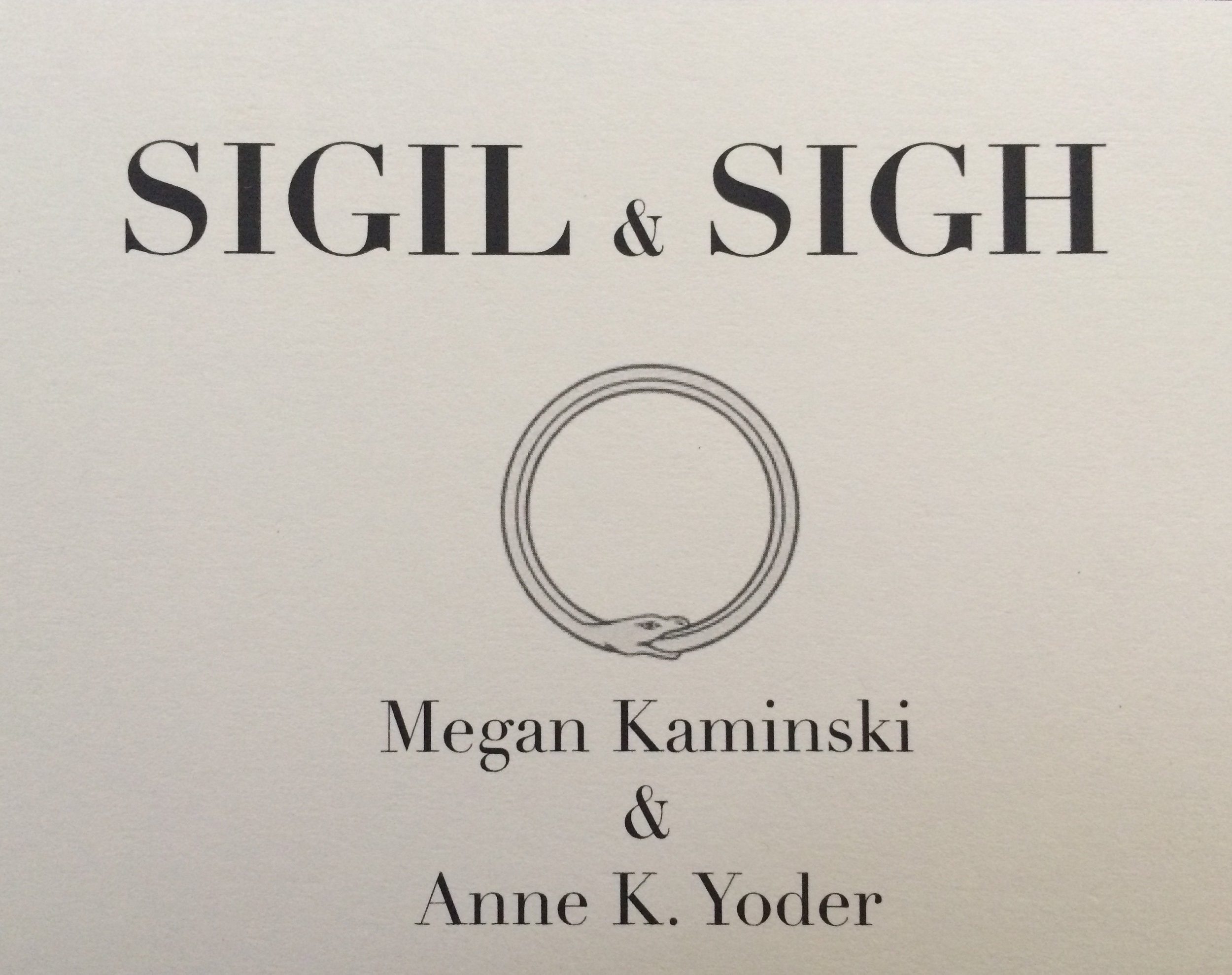Poetry
GentleWomen
Once upon a time, the thinkers and writers (all men) figured nature, providence, and fortune as human and, more specifically, as women. Megan Kaminski’s new work imagines the three still living and working among us today—sisters to one another other, and perhaps to herself. In her formally evocative, gorgeously baroque poems, these gentlewomen are bountiful, powerful, and tender, both exceeding man’s hubris and moored in the wreck it has wrought. —Evie Shockley
Three sisters, three narrative strands, three chords, each pushing out hidden lights, weave together into a cloth that suddenly appears in this world as a book. But then the cloth that is a book becomes a Mystery School. And within the heart of its structure: a plurality of intensities that animate the longing that loss creates. Gentlewomen is an alchemical, gorgeously written movement. —Selah Saterstrom
The next male politician who praises a habitat, species, or human community for its “resilience” will get a copy of Megan Kaminski’s Gentlewomen in the mail from me. Written from deep inside the unsung individual and collective labor it takes to survive ecocidal injustices wrought by patriarchal capitalism, this book documents how it feels “To be broken into so many pieces the only option to piece something new.” This book reminds us we only survive intertwined with our more-than-human communities: “The porous body of we and I and they.” Immersed in sustaining networks of affiliation, strained by our complicity with toxic industries, this book preaches embodiment as ethics, poetics as resistance to poisons, our porousness the polis we always already are. This book’s a lesson in listening to our “collective echo” heard in the earth, our biggest sister. —Brian Teare
This poetry raises its prayer voice for cold mercy, and the land receives its dead. At the same time, a cross-species, pan-material aliveness marks Kaminski’s post-capitalistic layered jubilation, when “Instructions (how to hold the world)” tell us “To filter through flesh, through soil, through layers of lung and/bedrock. To siphon off downstream off diesel tank off currency flow.” Grounded in careful environmental observation, Kaminski crafts riveting spectacles of alchemical survival, where power lines and brush fires, fly buzz and oak blight. become lyric agents in a shifting world. —Orion Magazine
In Gentlewomen, Kaminski suggests a collective landscape and how we, the earth and all her inhabitants, are an extension of each other. This book is a catalyst for community, engulfing the reader with intensity, grace, rage and humor all at once. The sisters want to tell you about survival and about healing. They want to illuminate our possibilities. —Periodicities: A Journal of Poetry and Poetics
Kaminski’s poetic speakers take aim at patriarchal and humanistic hubris, the aggregating centuries during which men have bent both heaven and earth to their methods… Kaminski astutely shifts registers and formal structures in the book to give voice to often unseen or unheard ecologies, and the poems continually explore the sonic and somatic boundaries of the page.” —The Millions
American poet Megan Kaminski’s stunning new book Gentlewomen (Noemi Press, 2020) poeticises an imagined yet familiar world, transforming our orientations to nature, to cultural history and to the lyrical site of the self. There are many voices in this book of poetry: a cold lake promises to ‘devour with satin tongue’, a sister puts her ear to the ground and ‘listens for the softening of earth’ and snow cover asks to stay a little longer in order to melt ‘white iridescent in blue hours’. But housed within a poetics of care, compassion and connection to the natural world, there are devastations, exposing anthropogenic and commodified views of land. The scarring traces of humanity’s outputs permeate the breadth of this luminous collection as poisoned water flows downstream, wet-lands are drained for subdivision, and hands reach ‘across quarantine zones’. —Cordite Poetry Review
Through Gentlewomen, Kaminski writes the difficulties of the world even as she writes to push against them, from the disappeared and damaged, both in human capacity and nature, into something that can be salvaged and defended, if one simply pays attention as to how. —Rob McLennan
INKY Reading Series, May 2021 (video)
Teaching Guide Available Here (PDF)
In Deep City Megan Kaminski continues her role as cartographer of desire, of longings both “feudal,” futile, and refined. Her delicate poems loiter at the intersection of bodies and letters (both alphabetic and epistolary), where objects and imagination collude. Kaminski’s poems beautifully illustrate how our sense perceptions insistently puncture through even the most rational arrangement. Deep City—not so much a place as a literary pleasure. —Jennifer Moxley
She writes, “what if I split it open / melon ripe and red / let them all out” but there is no “what if” about it as these beautiful poems dispatch us around the world where everyone awaits. The vivid reimagined anatomy of the page in Megan Kaminski’s brilliant Deep City is host to the unexpected “slide from languid to louche” listening with our enthusiastic ears. You will be wild about this book with me! —CA Conrad
“There are no cities, no cities to love” proclaim Sleater-Kinney on their latest LP, but I guess they can be forgiven for not anticipating Megan Kaminski’s new book of poetry Deep City, a collection so attuned to the pleasures of sound and perception that one can’t help loving its intricate architecture. Kaminski has a wonderful sense of the line as unit, and a finely calibrated sense of how words hang together in sound. —Quarterly West
Decentralizing and deconstructing the familiar notion of single speaker in the landscape, Kaminski both challenges the Romantic ideal of pastoral poetry and enlivens the concrete and girders we live in but so often fail to imagine…Kaminski suspends us between our cities and their uncanny doppelgangers, a move that often feels like a suspension between the human and city itself. We are never sure of a solid location—no specific geographies—and yet these landscapes are intensely familiar. In this way, Kaminski creates an urban reading of Donna Haraway’s A Cyborg Manifesto, blurring what it means to be both human and city. —The Rumpus
Deep City isn’t near me, but (a feeling I rarely get from other books), it is of me. I come to a city without an agenda because the city itself is the agenda for me, just the wander and become part of it. I’m not creating a map of the city in any observable way but rather a set of senses that appeal to me, that I want to recreate every time I visit that place. —Sink Review
Expanding upon the hybridized structures of late modernist long poems such as George Oppen’s Of Being Numerous and Guest’s The Countess of Minneapolis, Kaminski creates a form that engages with questions of temporality, unfolding as it does over the time it takes to read a sequence in its entirety, while also focusing on the momentary nature of the short lyric… In a kind of reimagined futurist moment, the interior and exterior physical realities — of gendered personhood and economic “mechanics” — have opened onto the mysteriously beautiful and unquantifiable glow of color the city emits. —Jacket2
Kaminski’s project reads as if the speaker were Eros walking the streets of his polis composing poems of warmth that emanate from the “colder sounds” of city life. Her ability to stack perception, music, and desire atop one another builds a monument to our hopeful inner-lives. These poems reveal how the meta and physical structures we have erected to protect ourselves from the daily onslaught of the world have tragically separated us from expressing our base longing for another. —Yellow Field
With all of her published work to date, Kaminski is a cartographer-poet, and in Deep City, she sketches an intricately-detailed series of maps across sleep, memory, history and urban spaces (both real and imagined) as well as the often-overlooked minutae of the world, from finger-traces in the dirt to industrial spaces and the city-breath of smoke… Kaminski is quite skilled and packing an enormous amount into the lyric, allowing her lines to fragment and retain both connection and tension while allowing breath and space pauses between; akin to skipping stones across the surface of water, the ripples are long and deeply felt. —Rob McLennan
Interview on Radio Free Albion (with Tony Trigilio)(audio)
Interview at The Volta (with Kate Greenstreet)
Reading + Interview on Sunflower Reading Series KJHK (audio)
The body “being” in sun, the gaze at rain, teleology inside the house –– with these strokes and compasses, Megan Kaminski deftly configures a desiring map, across seacoasts and Kansas plains, through leaves, roots, movements of light. Here a quieter but not quietist America emerges where life’s precarity holds – there is a relation between the natural world and neural capacity –- as we are pulled into syntax’s own search and quizzicality, its seeking to find a place for the I that only momentarily settles before it dislodges again, uncovering questions, finding parts of speech or weeds that answer. “Speech lies in the break on the river edge,” the poem says: “subtle splendor.” —Erín Moure
Megan Kaminski's book is hauntingly quiet, but not silent, just as "teleology is not silent." The book is in some ways the teleology of imagism, realizing itself late in history and bursting into jagged pieces, having been dragged through "some saffron metropolis" and the long summer of the great plains. It is a book that approaches us cannily, drenched in form, never word-spent and never without cocktails; a 21st century pleasure with a keen eye on the terrain and something to say. —Joshua Clover
Kaminski’s beautiful sonic flourishes read as an extension of content. The music of the poems offers a compelling metaphor for the sublime qualities of the “you.” Additionally, Kaminski’s mellifluous cadences read as an invitation, a beckoning to the “you” across a widening expanse… If spoken aloud, the words become almost tangible, a “ginger gin fizz” in one’s mouth. With that in mind, Kaminski draws a clear parallel between language and desire. She calls our attention to the ways that longing, like language, is a bodily experience, a starting ache. —The Literary Review
Kaminski is a deft spinner of rich yet economical imagery—but we will not be offered any facile escape from fractures in a contemporary rural landscape co-opted by corporate farms, packing plants, chemical refineries, and “manmade lakes.” Were it ever possible to map easy admonitory allegories of idealized rural landscape onto critiques of corrupt urban space (which seems doubtful), the stratification and commodification of labor in an era of late capitalism makes such a strategy particularly unpromising. Although the pastoral has been enmeshed with depictions of labor from its very roots (consider Hesiod’s Works and Days), current global economic conditions demand reconfiguration of such a relationship. This Kaminski seems acutely aware of, laying open the pastoral tradition with similar (at least to my mind) discursive and dialectical methods with which a contemporary Marxist (such as Fredric Jameson) might interrogate aesthetics/cultural production in the era of late capitalism—cultural production as the genesis of both contemporary conditions of “realism” and attempts to disguise and divert from the contradictions embedded in these conditions. —The Rumpus
Like Vestal virgins who protected the rituals of Rome by cloistering themselves, the actions in the poems mix trust with discomfort. I found myself somehow relieved that within these poems no one is really anyone and anyone is everyone…The map is never quite drawn out and the references to the sea—as though it were some weird Florida, a place with a bay lodged in a memory or dream—counteract the hot summer in the plains. No map but desire—that’s the overall pull of the book, being in one place while thinking and remembering another. —Denver Quarterly
An estuary, according to the New Oxford American Dictionary, is “the tidal mouth of a large river, where the tide meets the stream.” It is a transitional, liminal space, a space of meeting and mixing. This word (or more often its variants: estuarial, estuarine), echoes throughout Megan Kaminski’s Desiring Map, calling attention to a poetics of intersection—of language and landscape, landscape and the language of global capitalism. But Kaminski’s poems are not simple lamentations for a natural world crowded out by housing booms and busts. Rather, like estuaries, they are peculiarly productive sites, generating evocative hybrids of urban and pastoral in which “Evening unshadows rocks and ruined libraries” and “manmade lakes flood brown matted sod” (“Carry Catastrophe”; “Across Soft Ruins”). —Quarterly West
Desiring Map revels in landscapes and ecosystems — both natural and manmade — as well as the disturbances that assault them. Her poems are often characterized as quiet, but they’re wrought with a subtle violence, such as where, according to poet Dan Thomas-Glass, the “jet set’s excesses and the bleak horizontals of the mid-country clash to great effect.” Since I first encountered Megan’s poetry, I’ve been drawn to the intelligence, the linguistic precision, and the fascination with systems — ecological, financial, neural — that inform her writing. —The Millions
The Poetry Society of America's "In Their Own Words" Feature
Revisionist Pastoral and the Nature of Nature: An Interview with Megan Kaminski
KJHK's Ad Astra Radio
Talus, or Scree: Ash and Alchemy: A Conversation with Megan Kaminski
Artist books
Prairie Divination
oracle deck + book of essays
Prairie Divination turns to the plants, animals, and geological features of the tallgrass prairie ecosystem as a source for knowledge and inspiration as to how to live in the world (and to re-align thinking towards kinship and reciprocity).
Sunseen Books, 2022
Chapbooks
Essays (selected)
"The Modest Pleasure of Boxed Wine" in The Atlantic
"Song of the Week: 'Put On' by Young Jeezy" in Coldfront Magazine
"Mapping: notes on a poetic practice" pdf in Something on Paper, 2
"A Poetics of Permeability" Los Angeles Review, 14 (2015)
"The Politics of Play" in Post Road, 20





